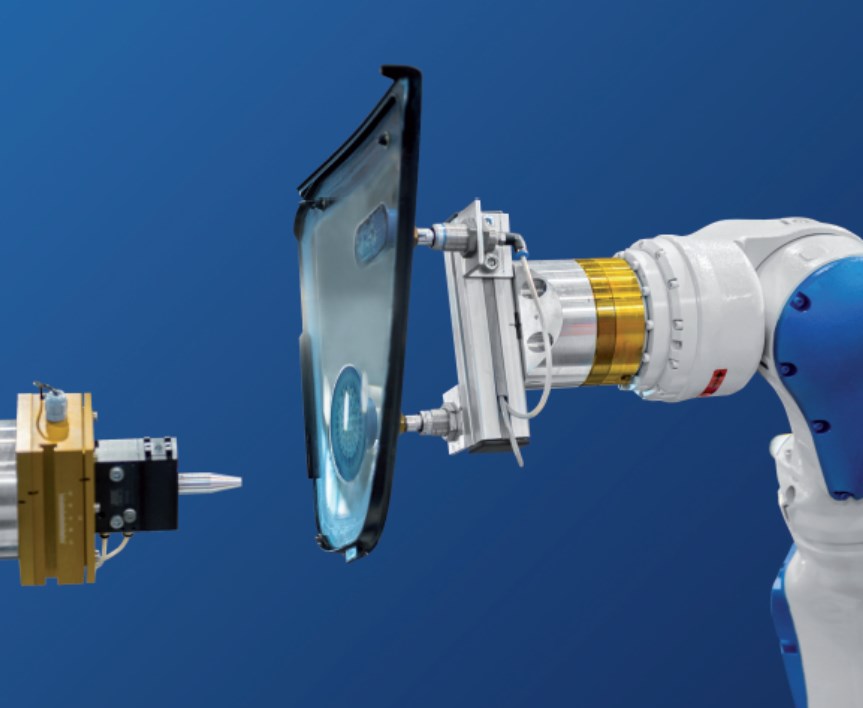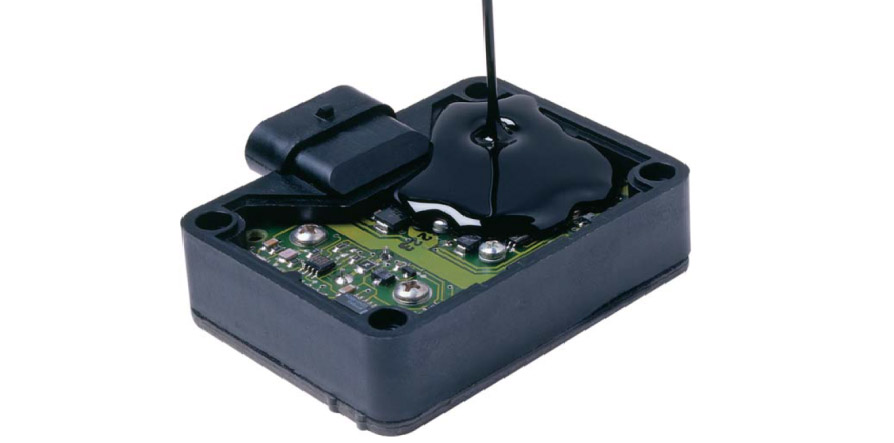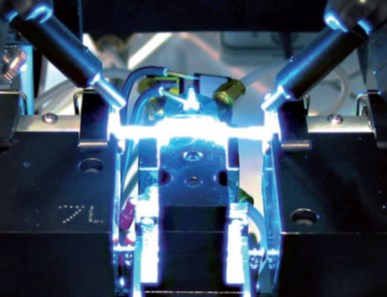
Types of industrial adhesives and their characteristics
At Uniones Adhesivas we are experts in adhesive solutions. Our services reach different sectors from electronics to aerospace, automotive, energy, machinery and a long etcetera. For this reason we know precisely all types of industrial adhesives and their characteristics.
In this article we are going to classify and classify the different types of industrial adhesives that are most frequently used in the market, in order to understand the differences between one and another, to know their characteristics and, most importantly, to know when, how and why to use each one. When making this classification, different factors such as origin, components, presentation, curing, mechanical properties can be taken into account.
Origin
Adhesives can generally be classified into two different types according to their origin: natural origin and synthetic origin:
- Natural origin: Adhesives of natural origin were the first adhesives to be discovered. Within these adhesives we separate them into two distinct origins. On the one hand, those of vegetable origin, qderived from potato starch and corn: starch glues, dextrins and natural rubbers. On the other hand, those of animal origin such as traditional glues (based on animal skin or skeleton) and glues from dairy derivatives (such as casein).
- Synthetic origin: Synthetic adhesives are designed by humans in laboratories, since it is impossible to find them in nature. This type of adhesives are based on polymers derived from petroleum. Adhesives of synthetic origin, in turn, can be classified according to their number of components, presentation, polymeric nature, curing and mechanical properties.
Number of components
Synthetic adhesives can be classified by the number of components used at the time of solidification or curing. We will distinguish between those using a single component and those using two:
- Monocomponents: Among these adhesives we find those that have only one reactive component or are presented in a single container such as cyanoacrylate adhesives, polyurethane adhesives, moisture curing silicones or modified silanes.
- Bi-components: These adhesives are presented in different containers, so they must be mixed with the right proportion to start the curing phase. Two-component adhesives include bi-component polyurethane, acrylates and 2-component epoxy.
Presentation
On the other hand, adhesives can be solid or liquid.
- Solids: We can highlight the hot melts used in industrial manufacturing, which are heated to melt them. Another type of solid glue are the typical glue sticks.
- Liquids: Most people know them as white glue because of their color. Its most widespread use can be found in the construction sector.
Polymer base
Polymer-based synthetic adhesives are also classified according to their base in these three categories: thermoplastics, elastomers and thermosets.
Type of curing
 Industrial adhesives can be classified into two main groups according to the type of curing required: chemical and physical. In fact, the most commonly used classification is based on the chemical or physical curing used during solidification.
Industrial adhesives can be classified into two main groups according to the type of curing required: chemical and physical. In fact, the most commonly used classification is based on the chemical or physical curing used during solidification.
- Chemical curing: In this type of adhesives we find polyurethane, epoxy or acrylate adhesives. They are cured by a series of chemical reactions through temperature, humidity or heat and are made up of a series of compounds such as: monomers, prepolymers, filler or filler, pigments and additives.
Among the different chemical cures we find curing by polyaddition (epoxy, polyurethanes?), curing by polymerization (cyanoacrylates, anaerobic curing adhesives?) and curing by polycondensation (silicones, phenolic resin adhesives?).
- Physical curing: These are contact adhesives. They require energy such as heat or pressure for curing. Their components are: Polymer, filler or filler, pigments and additives.
The most prominent physical curing adhesives are: Hotmelts, solvent-based, water-based, contact, dispersion, plastisols, pressure and polyacrylate adhesives.
Mechanical properties
Finally, we would like to highlight the classification of adhesives by their mechanical properties. Again, there are two groups: Elastic and rigid ones.
- Elastic: They have a high elongation or elasticity before fracturing. For example: silicone adhesives, 1-component polyurethanes?
- Rigid: these are adhesives that, despite being very resistant to any impact, have a low elasticity. For example: epoxy adhesives, anaerobic adhesives, structural polyurethanes?
Conclusions
At Uniones Adhesivas we know that each customer needs an optimal response and that is why our team knows perfectly all types of industrial adhesives and their characteristics.
For more information, do not hesitate to contact us. Our sales representatives will be able to offer you a personalized advice that will solve any kind of doubts you may have.

All comments
A QUIEN CORRESPONDA: TENDRAN UN FOLLETO EN DONDE APAREZCAN TODOS LOS AHDESIVOS INCLUYENDO LAS CINTAS? GRACIAS Y SALUDOS